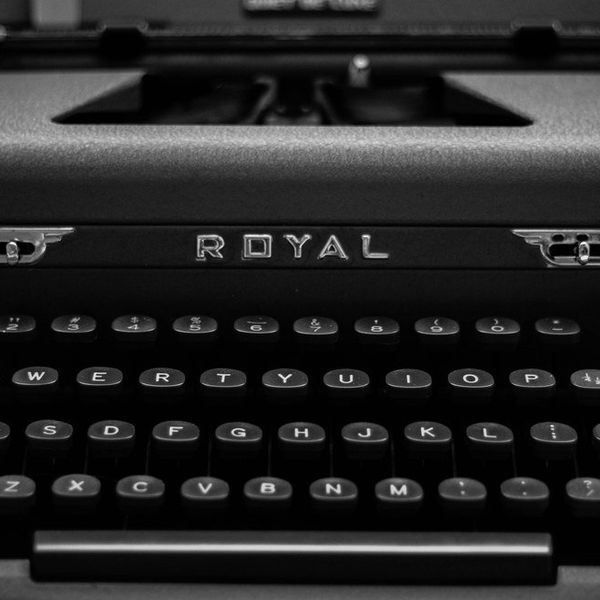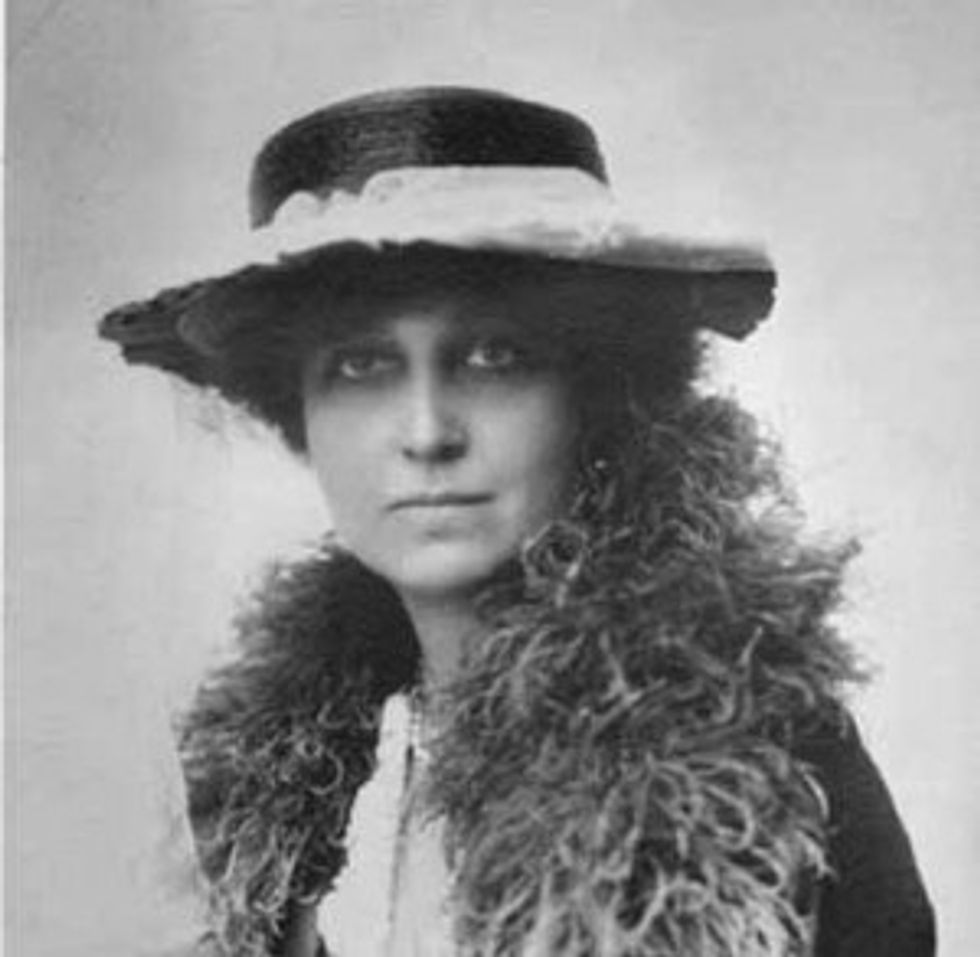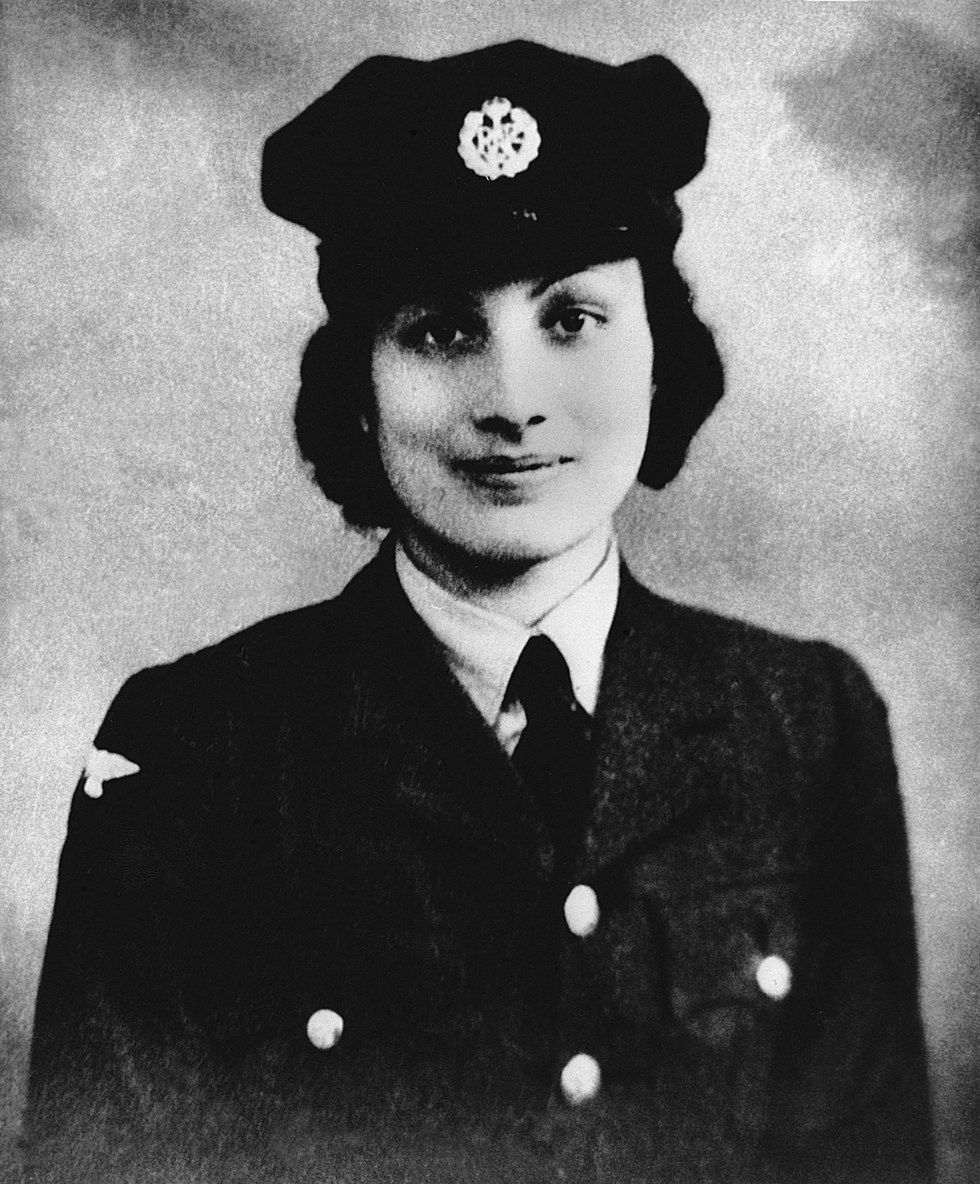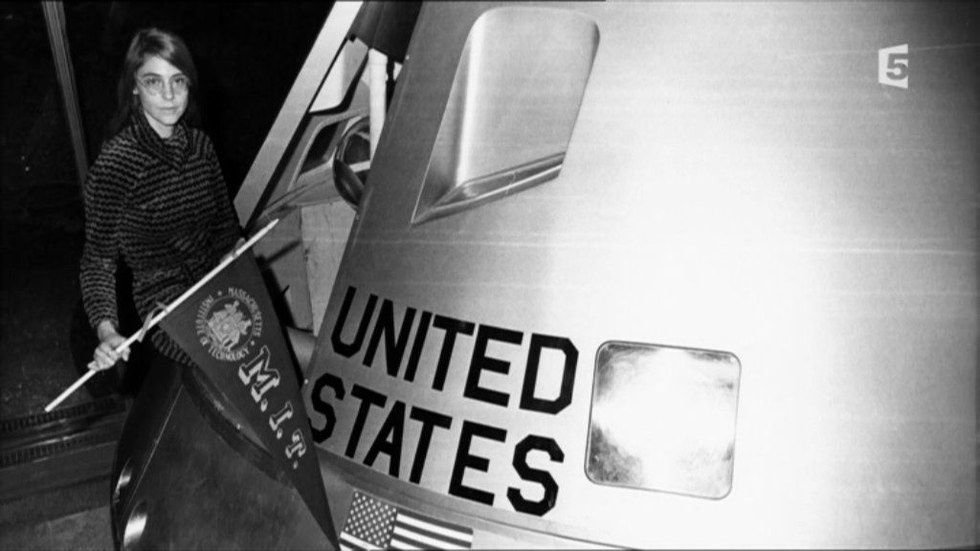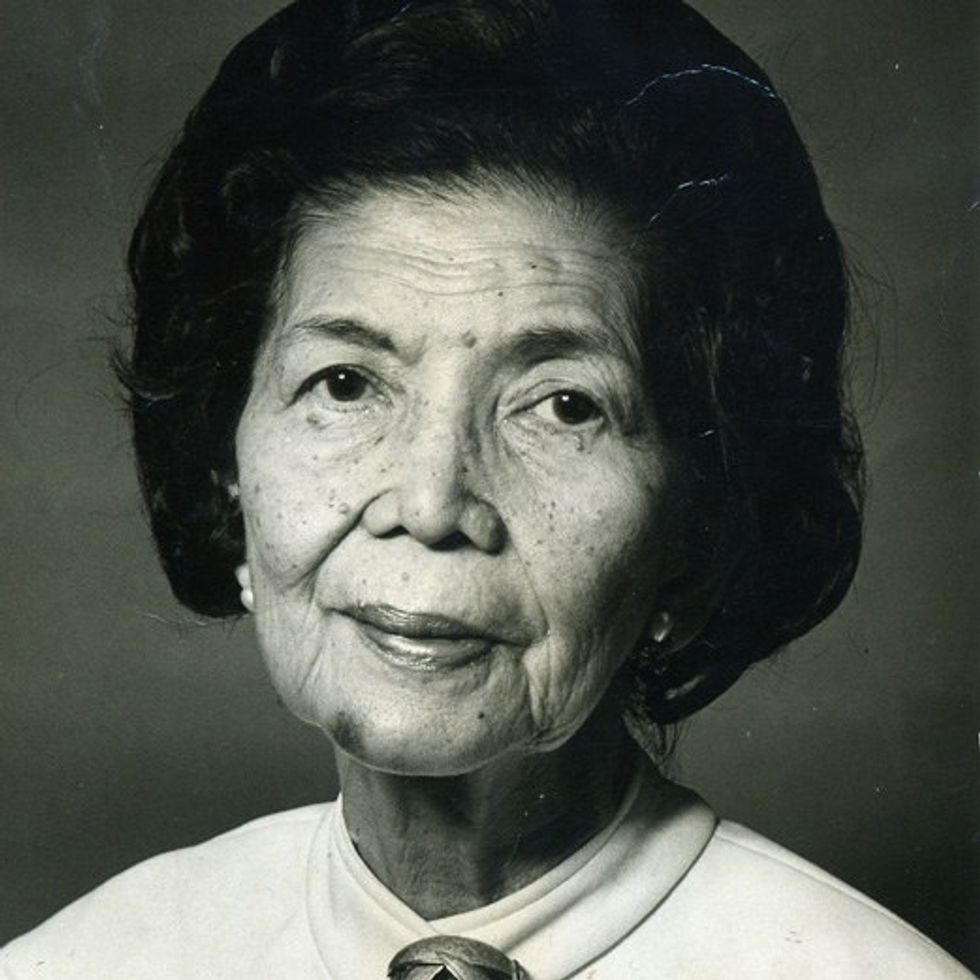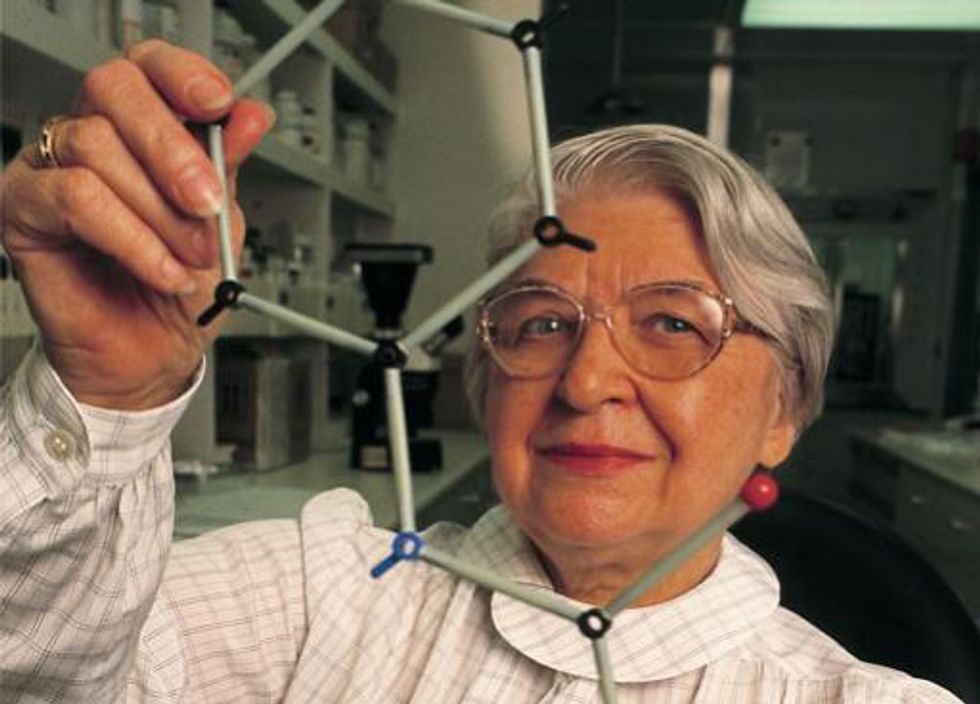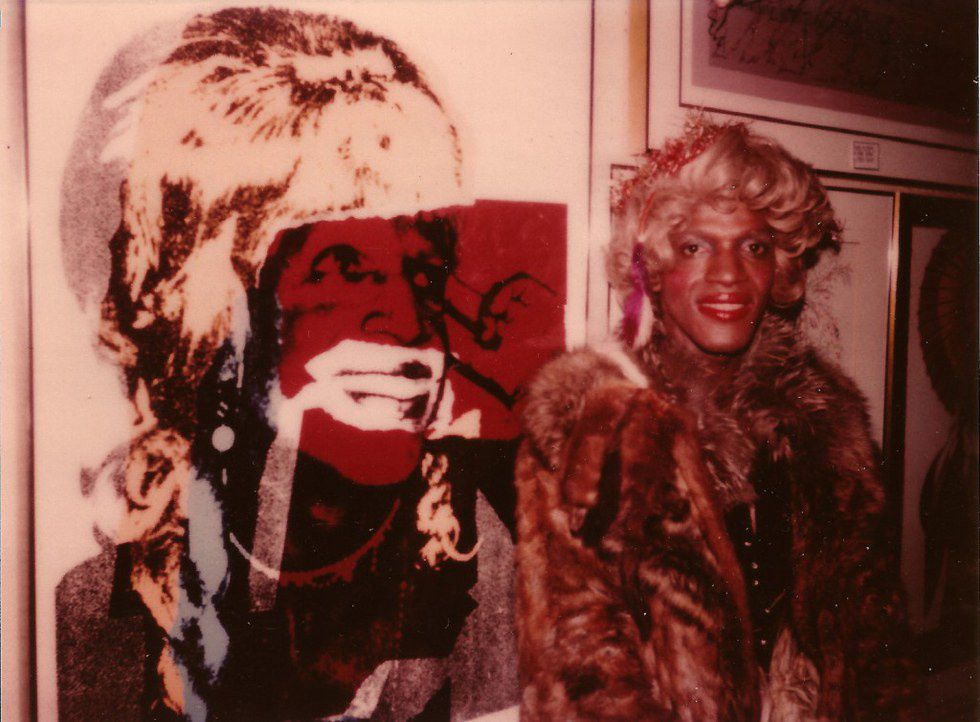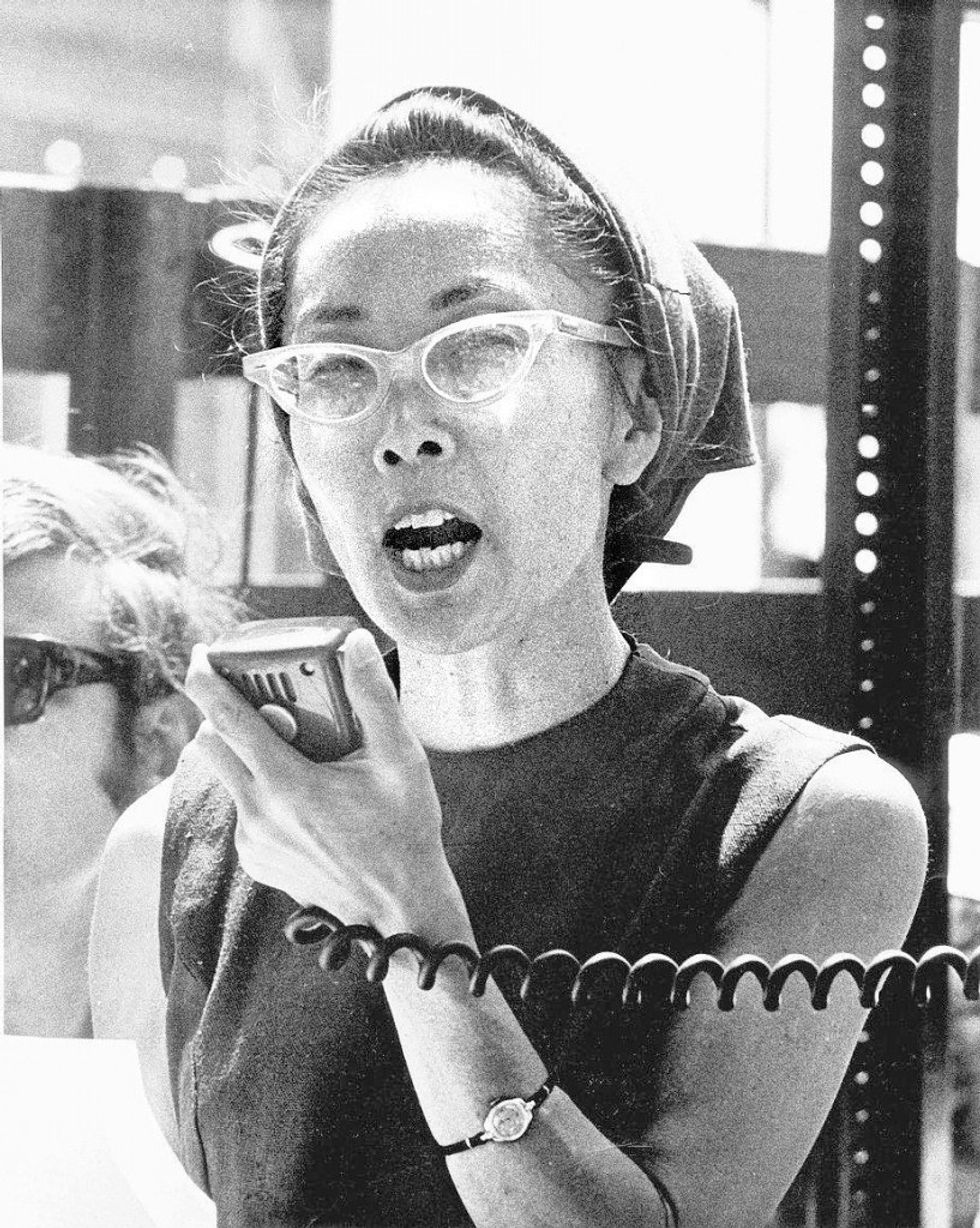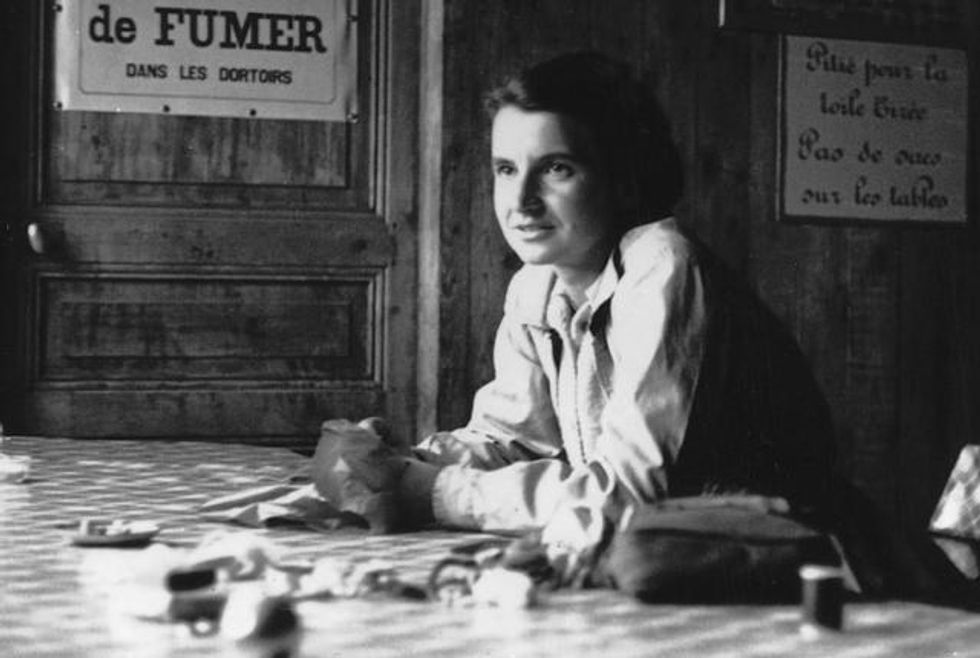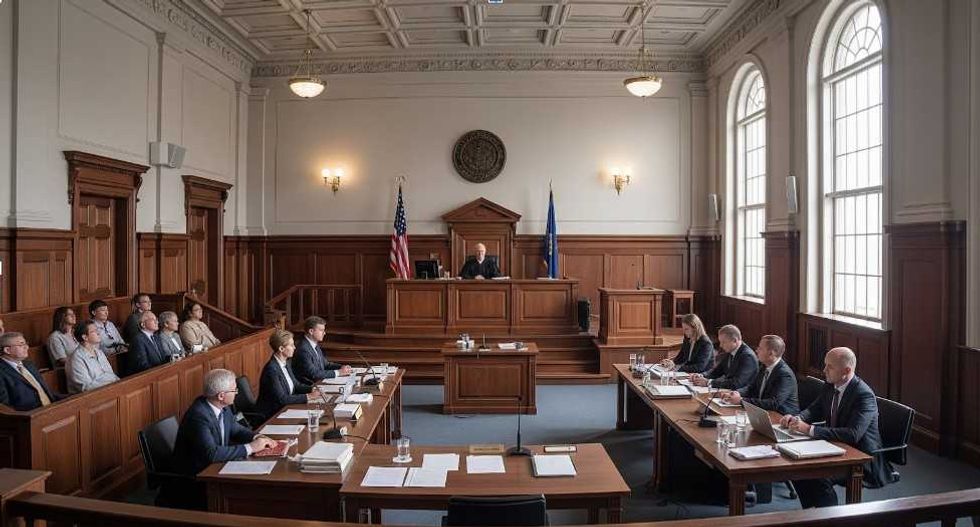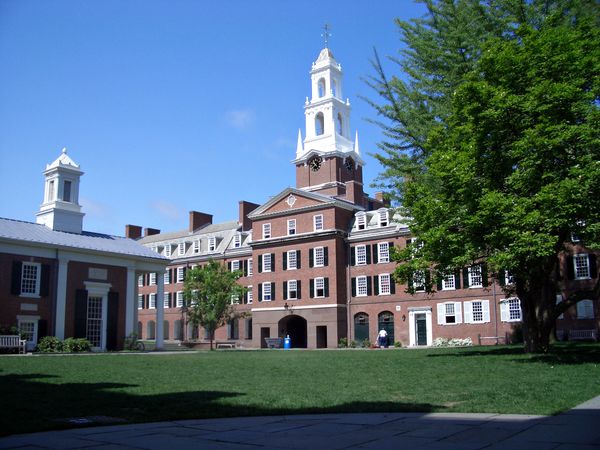Katharine McCormick
Without Katharine McCormick, life as a woman would be very, very different. Through the turn of the 20th century, birth control was centered on population control, eugenics, and family planning for married couples. Revolutionary activist Margaret Sanger became the first to use the term birth control and brought the conversation to a woman’s right to choose. However, methods for birth control were often unsafe and undeveloped: no man would fund birth control. When Katharine McCormick’s husband died and left her a millionaire, she consulted her friend and fellow suffragette Sanger. McCormick funded the research that led to the invention of the birth control pill. Her investment totaled around $2 million, which would be close to $23 million today. The birth control pill still stands as the leading form of contraceptive in the world, something that might not have happened with McCormick to fund the previously halted project.
Noor Inayat Khan
Born to an Indian father and American mother, Khan was a Special Operations Executive who was the first female radio operator sent into Nazi occupied France during WWII. While an operator for the Prosper resistance network in Paris her codename was Madeleine. Despite several members of the network being arrested, she chose to stay in France and continue her work. Khan was eventually betrayed by a Frenchwoman and arrested by the Gestapo, who tortured her in infamously gruesome ways before she was able to escape. She was recaptured and sent to a solitary confinement prison before eventually getting sent to the Dachau concentration where her and three other SOE agents were executed. Despite all of the torture throughout her arrests, Khan never revealed any information. She was posthumously awarded the George Cross by the United Kingdom, the highest decoration for a civilian, and the Croix de Guerre by France.
Margaret Hamilton
Without Margaret Hamilton, Lance Armstrong and Buzz Aldrin never would have stepped foot on the moon and we wouldn’t have modern software. Only the third woman to have graduated from MIT, Hamilton redefined the future of humanity all while bringing her 4 year old daughter to the lab with her. Her programs would become the Apollo’s command module computer. 50 years before Microsoft, Hamilton was responsible for onboard flight software on the Apollo computers. When the Apollo 11 computers spewed out errors messages moments before landing in the Sea of Tranquility, Hamilton’s self-prioritizing software stepped in and helped the computer from becoming overwhelmed to focus on its chief task: land on the moon. Today, Hamilton has founded and lead several software companies, including Hamilton Technologies which resides just a few blocks away from MIT.
Fe del Mundo
After being awarded a full ride scholarship from the President of the Philippines to any school in the United States, del Mundo chose Harvard Medical School. However, at the time of her enrollment at Harvard, the medical school had not yet admitted female students. Del Mundo became the first woman to ever enroll in Harvard Medical school, the first woman to be enrolled in the Pediatrics school, and the first Asian to be enrolled in Harvard’s medical school. Harvard didn’t begin to accept female students until 1945, nine years after del Mundo was enrolled in the school. She took her education back to Philippines, where she joined the Red Cross during Japanese invasion of the country. She went on to found the Children’s Medical Center. She has also been known for revolutionary work in fighting infectious disease.
Stephanie Kwolek
Employed at DuPont during WWII while the majority of men were in the military, Kwolek would go on to invent the bulletproof fiber Kevlar. Part of a team vying to create a stronger synthetic fiber, she devised a liquid solution that could be cold spun. Her invention looked at first like a mistake and other researchers would have rejected the cloudy fluid, but Kwolek took a chance. Kevlar has saved thousands of lives as armor and helmets as well as being used in tires, kayaks, spacecraft, and sports equipment. Five times stronger than steel and lightweight, Kevlar remains widely used as a revolutionary fiber. Kwolek stayed with DuPont until retiring in 1989 and in her career won the National Medal of Technology and was inducted in the National Inventors Hall of Fame in 1994.
Marsha P. Johnson
Marsha P. Johnson was a transactivist living in New York City during the height of the 1960s gay rights movement. She was known for her eccentric and over the top clothing and accessories and vibrant personality. When asked by a judge what the P. is an initial for she told him it stands for “Pay it no mind” and was let go. The phrase encompassed both her attitudes toward gender and against those who would harass and belittle the LGBT community. She founded the STAR: Street Transvestite Action Revolutionaries with Sylvia Rivera in 1970 that helped to shelter homeless trans teens and drag queens. Johnson is most well known for being a key player in the Stonewall Riots, alongside with Rivera and other LGBT people of color. She stands as an icon in the trans community and has been subject of several documentaries combatting the erasure of Black and Hispanic trans lives in the fight against discrimination and for civil rights.
Yuri Kochiyama
Like thousands of other Japanese-Americans after Pearl Harbor, Kochiyama and her family were detained and sent to an internment camp. During her time in the camps, she strengthened her racial pride and became a community organizer. After the war, she moved with her husband to Harlem, where they lived in mostly Black and Hispanic housing projects. Kochiyama and her husband opened their home to the members of their community, hosting activists at their home to speak. She organized school boycotts to demand better education for inner city children and campaigned for civil liberties. While among the 600 arrested for obstructing a construction to demand rights for Puerto Rican workers, she met Malcolm X in the courthouse and befriended him.
Through the months leading to Malcolm X’s death, Kochiyama hosted him at her house several times and became a member of the Organization of Afro-American Unity. Despite her own desire for racial integration, she was a strong support of X and was in the audience the day of his assassination. While bullets hailed through the ballroom and others ducked for cover, Kochiyama ran to his side and placed his head in her lap as he died. The moment was captured in a Life magazine photograph. Kochiyama went on to become a symbol for Asian-American activism.
Sacheen Littlefeather
Once president of the Native American Affirmative Action Image Committee and member of Indians of All Tribes, Littlefeather has been an active participant in Indian rights activism. She was involved in the 19 month long occupation of Alcatraz Island in protest of the United States acquisition of the island, protesting that the government was obligated to return the island to its Native occupants. Most famously, she refused the Oscar for best actor on Marlon Brando’s behalf at the 45th Academy Awards in protest of the treatment of Native Americans in film and as a plea for the peaceful resolution of the Wounded Knee siege. Following her speech, Littlefeather was blacklisted from Hollywood and never landed another acting job as well as being ripped apart by the media for not being a “real Indian.” She continued her fight for equal representation of Native Americans in film and television and created a network that would make it easier for actual Native Americans to be hired to play their ancestors.
Rosalind Franklin
If Rosalind Franklin had listened to her father and became a social worker, our understanding of genetics would be nowhere what it is today. After dropping out of her graduate fellowship in social work, Franklin worked for the British Coal Utilization Research Association where she studied carbon and graphite microstructures, work that would become the basis of her doctorate in physical chemistry. After learning different X-ray diffraction techniques in Paris, she took her research back to London where she led a research group on DNA in John Randall’s lab. Randall gave her responsibility for a DNA project that had been abandoned for months and made revolutionary X-ray photographs of DNA.
A colleague and peer who had treated as only a technical assistant showed one of her X-rays to James, who immediately realized the solution to DNA structure and quickly published his results. Crick and Watson beat Franklin to publication of the structure of the DNA double helix, though her work did appear as a supporting article in the same issue. Crick and Watson went on to win the Nobel Prize for Physiology or Medicine in 1962 and became the biggest jerks in molecular science. Franklin went on to do meaningful work on the polio virus and has become one of the best known female molecular scientists.


